How does the thermal tempering of glass work?
Technical glasses such as, for example, borosilicate glass, soda-lime glass, quartz glass, or sapphire glass play an important role in the field of optical process observation. Below we will discuss the thermal tempering of glass.
What is thermal tempering of glass?
In thermal tempering, glass is heated to a temperature that is about 100 °C above the transformation temperature. At the transformation temperature, the glass transitions from the plastic to the rigid state during cooling. For this purpose, the material is heated in a tempering furnace to about 620 °C to 670 °C and then cooled down by blowing air.
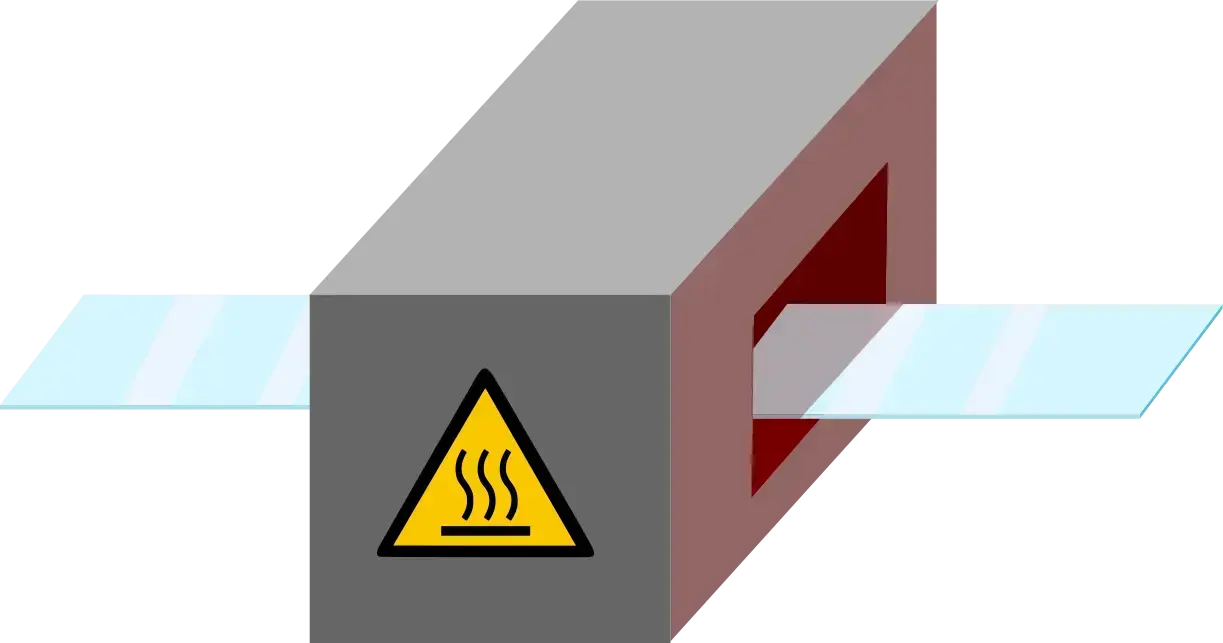
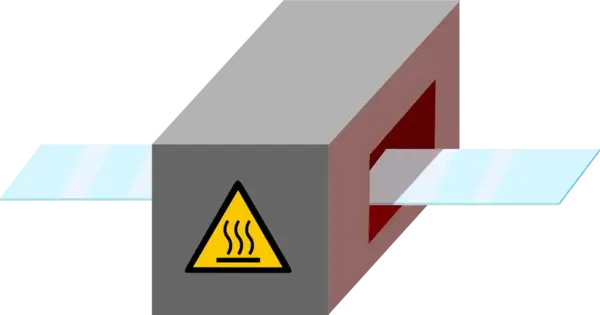


At the beginning of the cooling process, the stress in the glass is constant across the entire cross-section. The surface of the glass continues to cool and contracts. The still-uncooled core in the glass counteracts this. As a result, tensile stresses occur on the surface of the glass and compressive stresses in the core.
However, these stresses still show very little difference at this stage, as they dissipate quickly due to the high viscosity. Therefore, the initial temperature is very important for the reduction of tensile stresses.
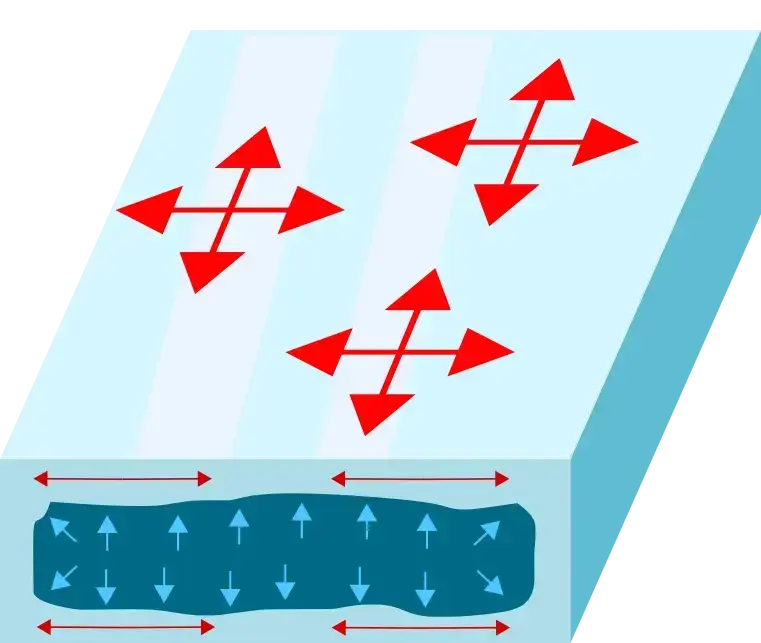
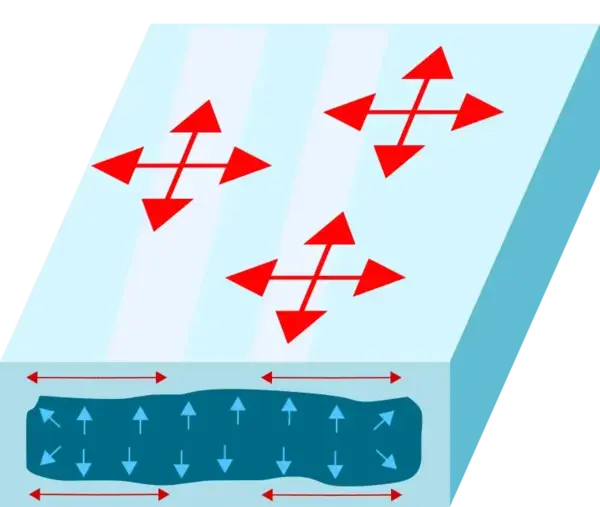
If the initial temperature is chosen too low and the viscosity of the core is too high, the internal stresses that arise may lead to glass breakage. Due to the controlled, rapid cooling, the glass surface shrinks more than the core. This results in a defined residual stress developing in the material, which gives the glass greater strength.
What are the advantages of thermally tempered glass?
A very important aspect is safety against breakage. This is significantly increased by thermal tempering. Thermally tempered glass has a different breakage behavior compared to conventional float glass. The thermally tempered sight glass does not break into large, sharp-edged shards. In the event of breakage, it shatters into small, rather round pieces. This prevents serious cuts. As a result, cuts when cleaning the affected area are also virtually excluded.
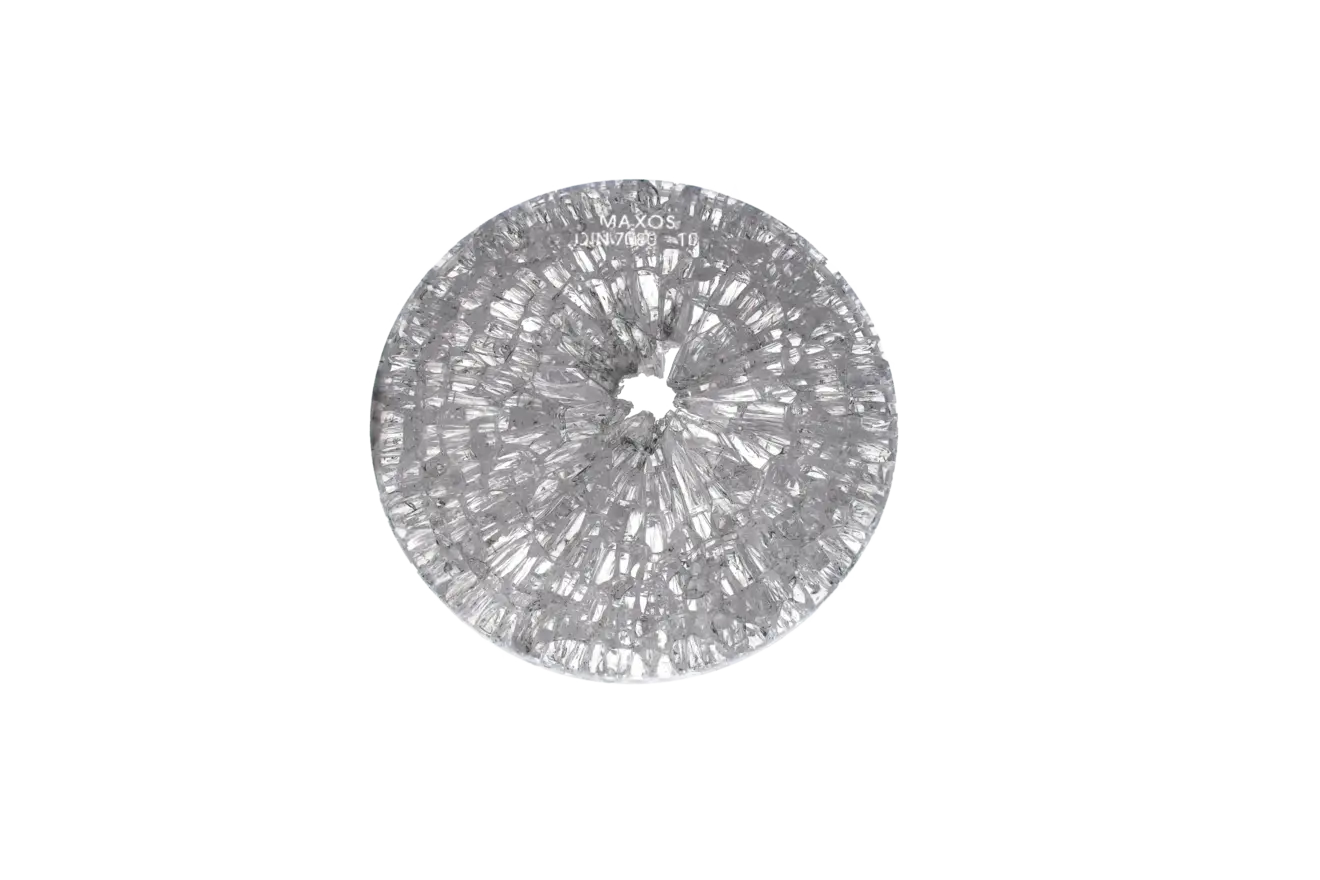
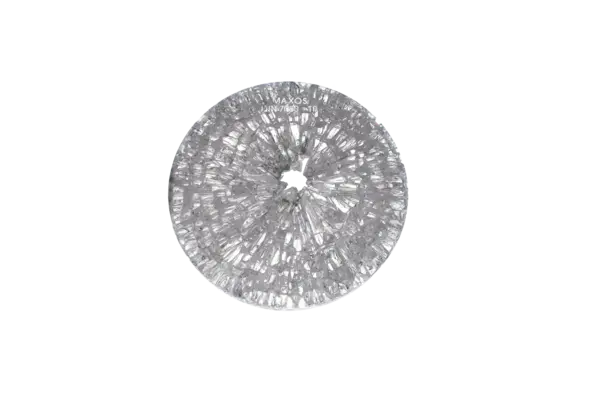
Thermal pre-stressing greatly increases scratch resistance. However, later damage to the surface due to scratches reduces the thermal pre-stress and thus also the pressure resistance of the glass. The pressure resistance is significantly enhanced in thermally pre-stressed glass. This is particularly advantageous for process observation using sight glass fittings. Another important advantage achieved through thermal pre-stressing is the increase in temperature cycling resistance. The temperature cycling resistance of untempered borosilicate glass is 133 °C. In contrast, thermally pre-stressed borosilicate glass has a temperature cycling resistance of +230 °C. This increase in temperature cycling resistance offers a significant advantage in processes where operating temperatures change rapidly.
Which types of glass can be thermally tempered?
| Borosilicate glass | → | possible |
| Soda-lime glass | → | possible |
| Quartz glass | → | not possible |
| Sapphire glass | → | not possible |
Due to the variety of available types of glass, only the glass materials that are primarily used in the application areas of ACI's customers have been addressed above.


Would you like personal advice?
Direct Contact
Do you have questions about our products or services? Would you like personal advice on a specific issue? Do not hesitate to contact us directly! Our experts are here for you and look forward to assisting you.